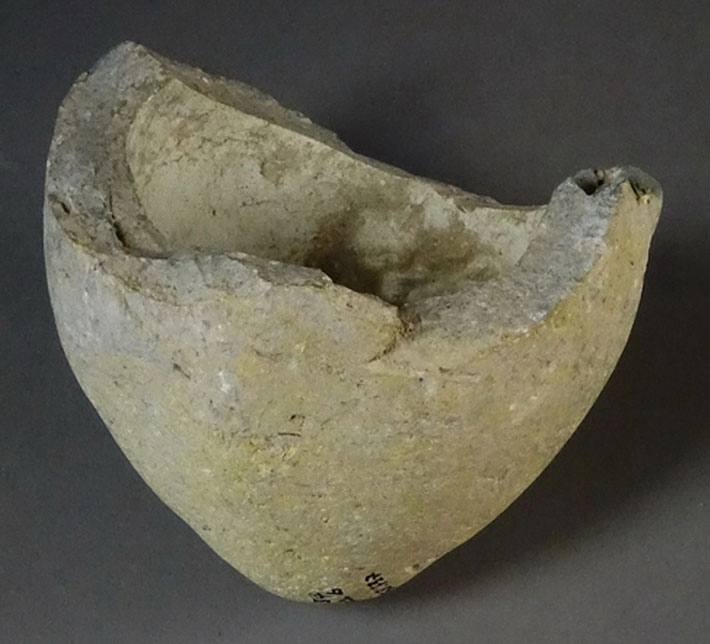Flammable Residues Detected in Medieval Vessels from Jerusalem
A new analysis of residue in ancient ceramic vessels from 11th and 12th century Jerusalem has found that the jars may have had a more sinister purpose than storage.
Previous research into the iconic vessels, which are held in museums around the world, identified them as vessels for beer drinking, and containers for mercury, oil and medicines.
The jars are easily identifiable, spherical in shape with conical bases, and have been found in all sorts of archaeological contexts throughout the Middle East between the 9th and 15th centuries.

But a new study, led by Carney Matheson, of Griffith University in Queensland, has found that while some of the vessels were indeed used for these purposes, others contained a flammable and likely explosive material, suggesting they may have been used as a kind of crude hand grenade – an explanation supported by evidence from ancient texts.
The sherds studied were excavated from the Armenian Garden in Jerusalem in the 1960s, and analysed for trace residue to determine their contents.
“These vessels have been reported during the time of the Crusades as grenades thrown against Crusader strongholds, producing loud noises and bright flashes of light,” says Matheson.
The Crusades (1095-1291), were a series of violent religious wars initiated by the Latin Church during the Medieval period, culminating most famously in the attempted seizure of Jerusalem from Islamic rule. Jerusalem’s inhabitants, it seems, found ingenious ways to fight back.
So, what were these ancient grenades made from?
“Some researchers had proposed the vessels were used as grenades and held black powder, an explosive invented in ancient China and known to have been introduced into the Middle East and Europe by the 13th century,” Matheson says. “It has been proposed that black powder may have been introduced to the Middle East earlier, as early as these vessels from the 9th to 11th century.”
But the new study rules out black powder: “This research has shown that it is not black powder and likely a locally invented explosive material.”
The research also found that some of the vessels had been sealed with a resin.
“More research on these vessels and their explosive content will allow us to understand ancient explosive technology of the medieval period and the history of explosive weapons in the Eastern Mediterranean,” says Matheson.





